Lizards are very unlucky on the food chain. Why?
Because most lizards (especially small or young ones) end up being food to predators like birds and snakes.
These lizard predators are responsible for the death of about 50% of young lizards. That said, the likelihood of a lizard being prey to predators depends on several factors: habitat, size, skin tenderness, etc.
So, do you want to know which animals eat lizards? Then, continue reading, as this post contains a list of common lizard predators.
Are you ready to know them? Let’s delve in.
19 predators of lizards eating lizards that you must know
Of all the lizard predators, birds and snakes are the most common. Indeed, a snake will attack a lizard as long as the lizard is smaller than it. Likewise, birds of prey, most carnivorous birds, are known to eat lizards.
Still, those are not all the lizard predators. Here are 20 lizard predators and all you need to know about them:
Hawks
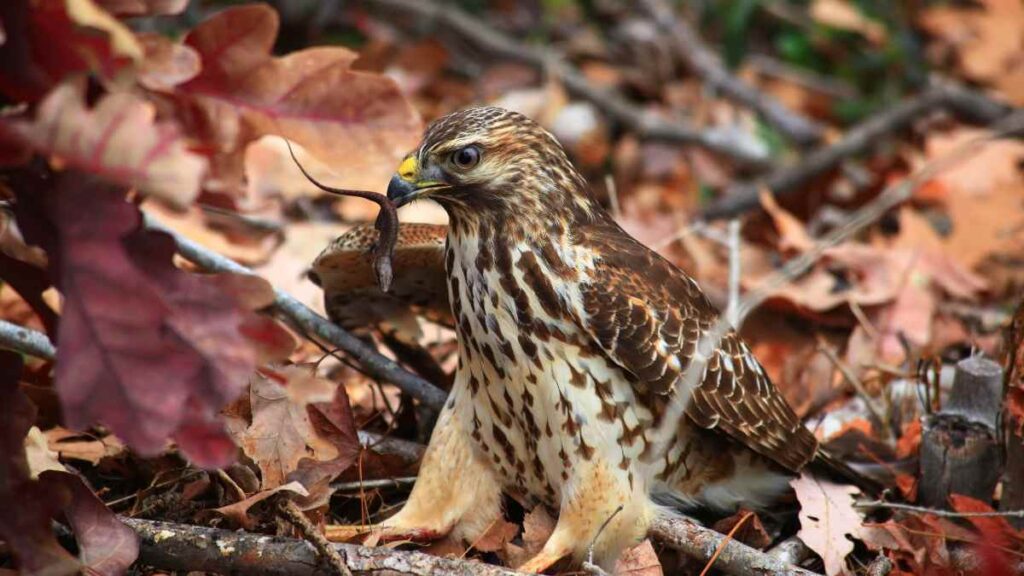
Hawks are quick, agile, and have very good eyesight. So, it is easy for them to swoop down and pick on lizards – even without the lizards being aware.
-

Beaded Dragon Fan Exclusive: ‘Original Hipster’ T-Shirt – Wear Your Unique Style with Pride – Unisex t-shirt
£13.00 – £20.50 Select options This product has multiple variants. The options may be chosen on the product page -

Chinese Water Dragon Aquatic Mastery Tee: Dive into Elegance with Our Exclusive Reptile Enthusiast Shirt – Unisex t-shirt
£13.00 – £20.50 Select options This product has multiple variants. The options may be chosen on the product page
Typically, hawks’ feed depends on their habitat and favors larger prey. Nonetheless, if need be, hawks can feed on smaller animals like mice, chicks, and snakes, and, of course, a hawk eats lizards.
Also, since hawks eat dead animals, a fresh, dead lizard will make a good snack for hawks.
Dogs
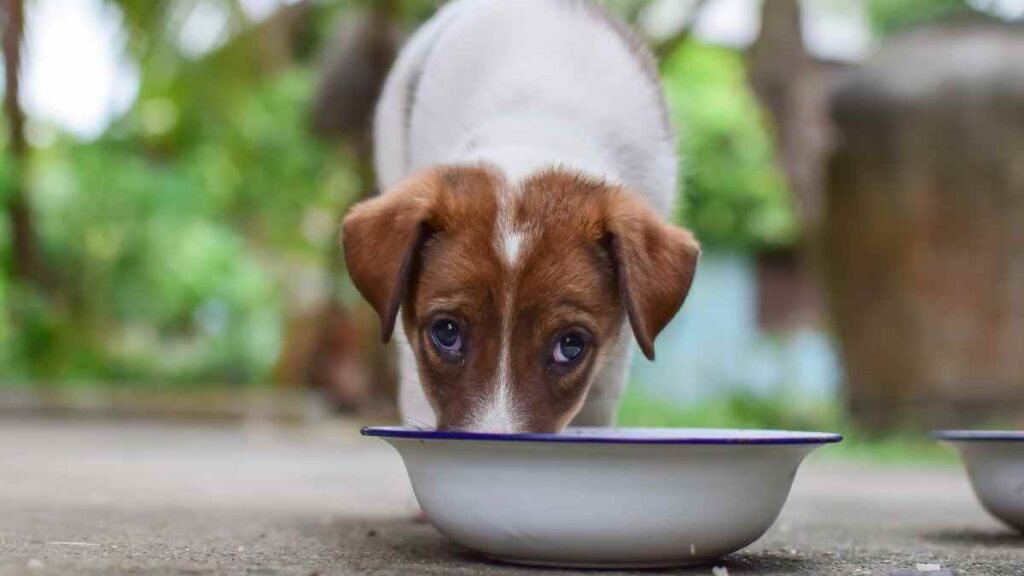
Although It is uncommon to find dogs actively hunting lizards, some desperate, hungry stray dogs will eat anything (including lizards) to supplement their diet.
Most dog owners, however, usually oppose their pet dogs feeding on lizards because they believe lizards are dangerous to their pets. This reaction is quite understandable, as lizards can carry parasites that can harm dogs if dogs eat them.
Snakes
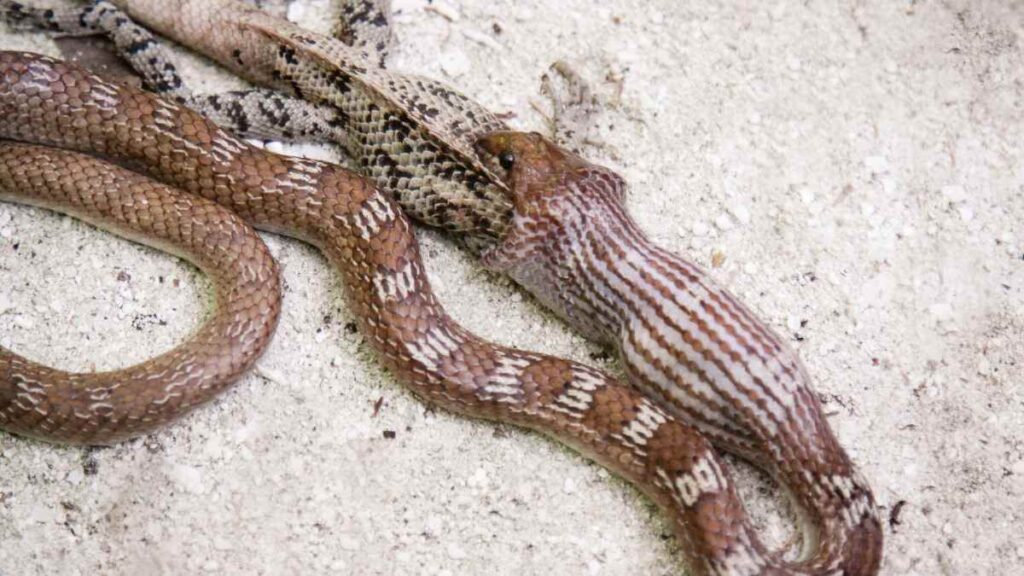
You may find it strange that snakes, as reptiles, eat lizards. But, most snakes prey on all lizards that are smaller than them.
Whether a constrictor (like a green tree python) or a venomous snake, it is not hard to see how easily a snake can overpower lizards.
Wolves
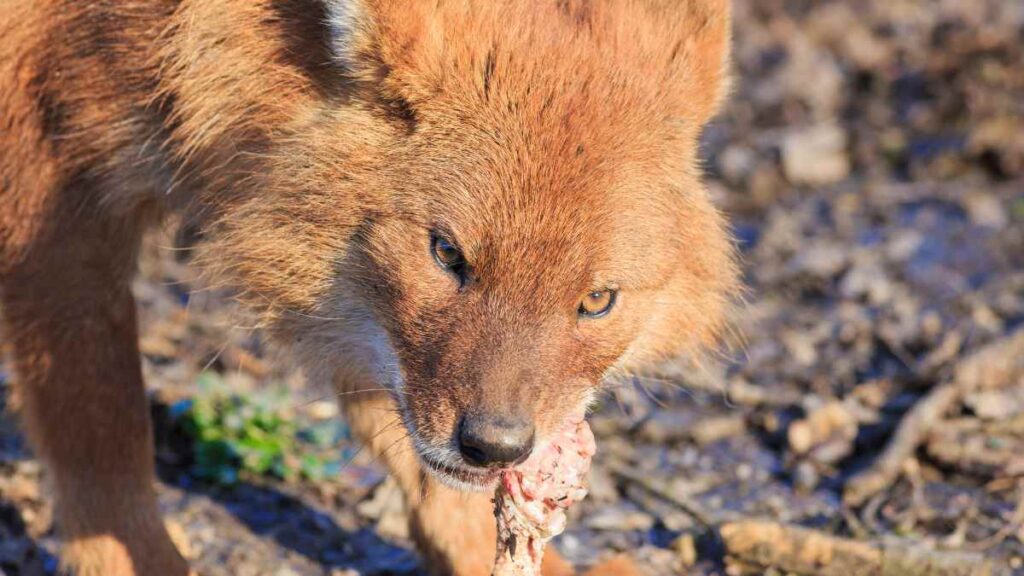
Wolves are usually on top of the food chain everywhere; they rarely get preyed upon because wolves hunt in packs, and attacking a pack of wolves is more or less a death wish.
Wolves combine their keen sense of smell with good hearing abilities to find their prey. Their primary food source is large ungulates like moose, deer, elk, etc. Occasionally, wolves feed on smaller animals like rabbits, mice, squirrels, and lizards.
Crocodiles
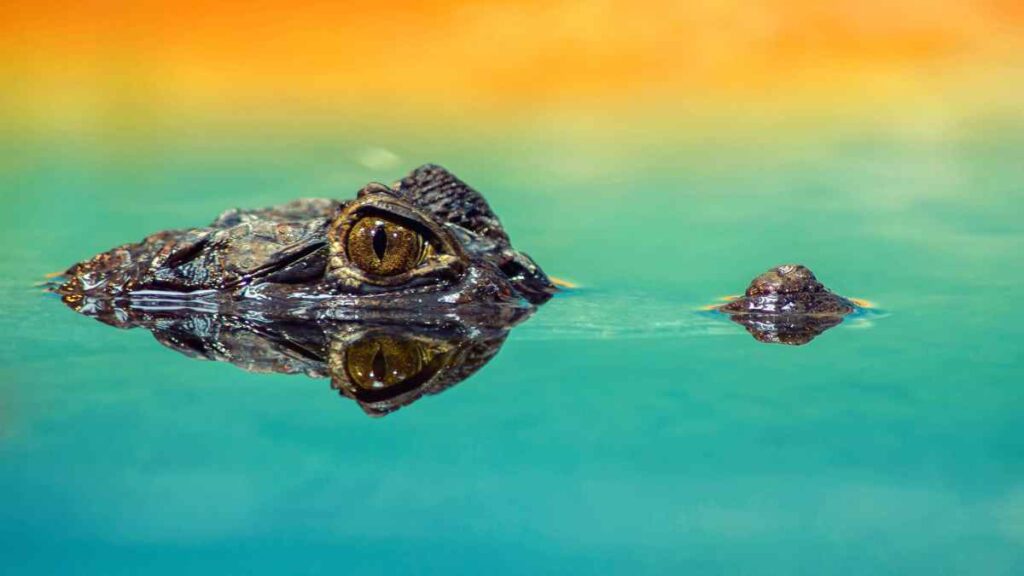
Another common lizard predator is the crocodile. Monitor lizards (especially young ones) are usually preyed on by crocodiles the most because they typically live in the same habitat as crocodiles.
Crocodiles are not the only monitor lizard predator. Pythons, eagles, and leopards also prey on lizards.
Opossums
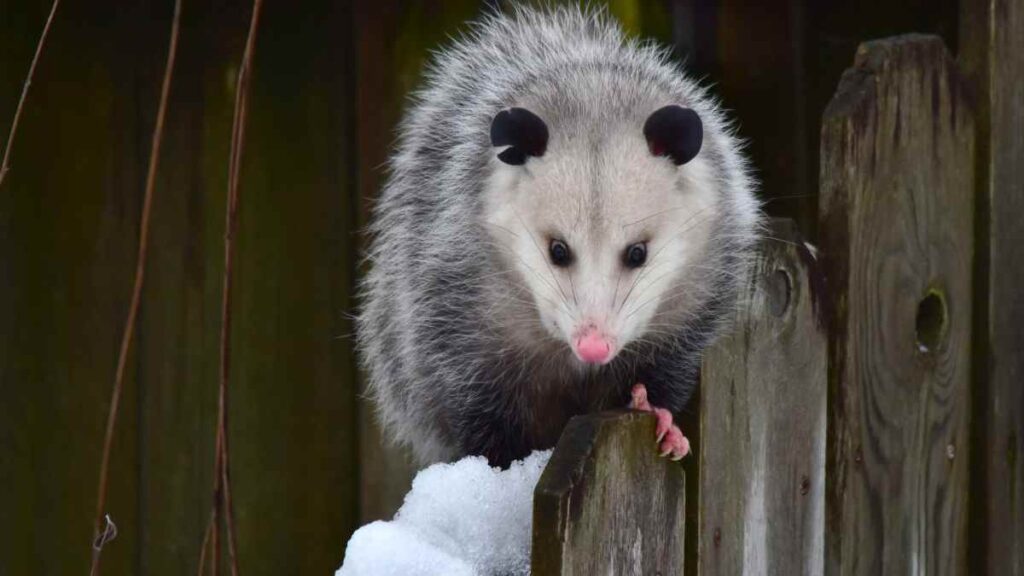
Opossums are omnivores; thus, they have a comprehensive diet. And although they primarily feed on vegetables, opossums will just as easily feed on lizards in a desperate act to find food.
Opossums will feed on anything: either mice, baby rabbits, slugs, snails, insects, fruit, or lizards.
Now is a good time to mention that Opossums are often used interchangeably with possums. But they can be used to represent different animals. However, both Possums and Opossums feed on lizards whenever they can.
Spiders
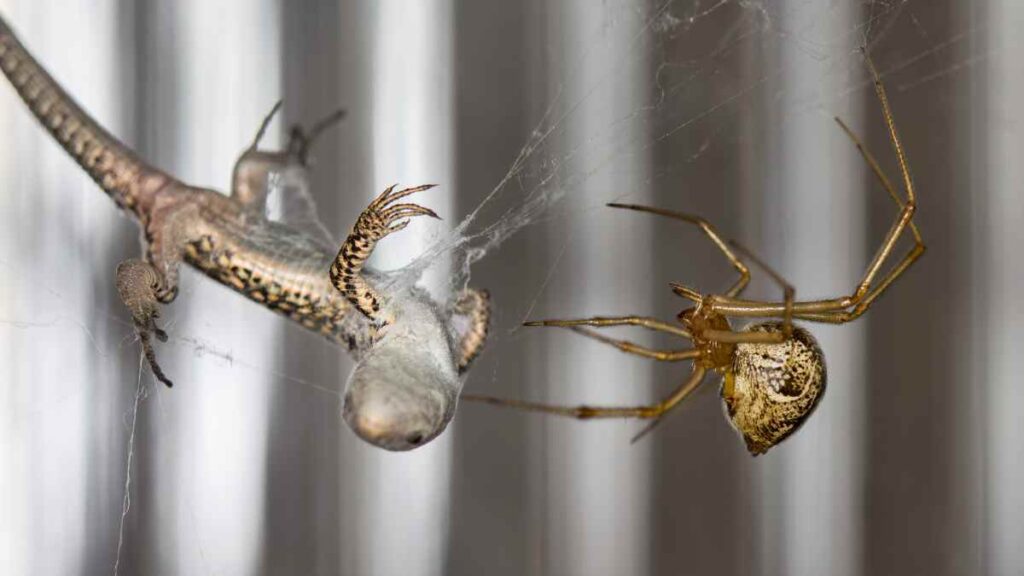
Some spider species, especially regal jumping spiders, are known to feed on frogs and lizards. Now, most jumping spiders are small and harmless.
However, a particular species in Florida has been reported to grow large enough to hunt and overpower animals that are much larger than itself (up to three times bigger) – including frogs and lizards.
Lizards have developed several escape techniques, including camouflage and incredible speeds.
Raccoons
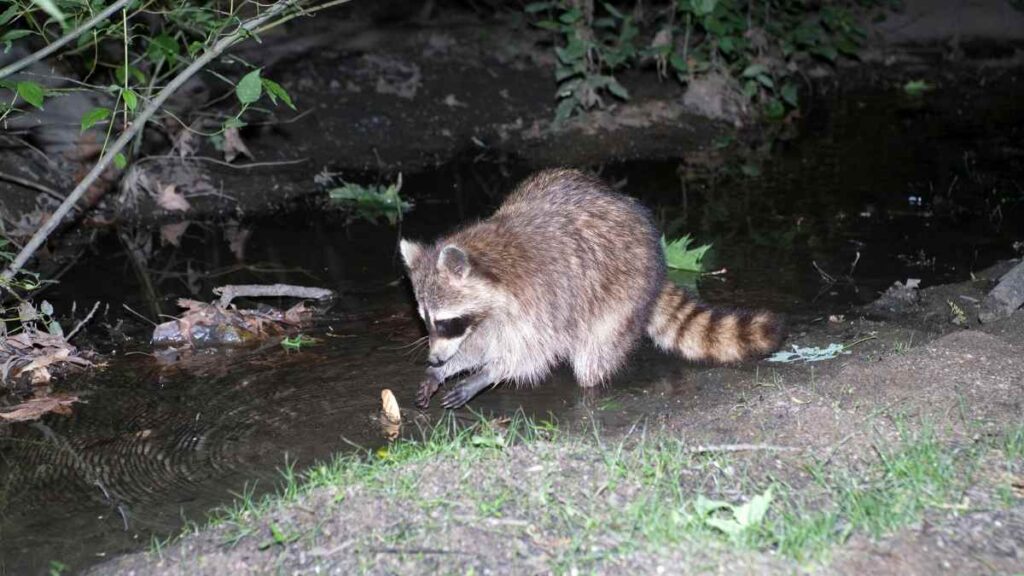
In addition to their love for fish meal, amphibians, and other reptiles, raccoons are also known to enjoy a lizard snack. Being omnivores, raccoons will prey on geckos, green iguanas, and so on if they can.
There’s one major drawback anyways, and that is the fact that raccoons are nocturnal. And since lizards are easier to catch in the middle of the day as they become sluggish under the sunshine, there’s a mismatch in the time raccoons can hunt lizards.
Foxes
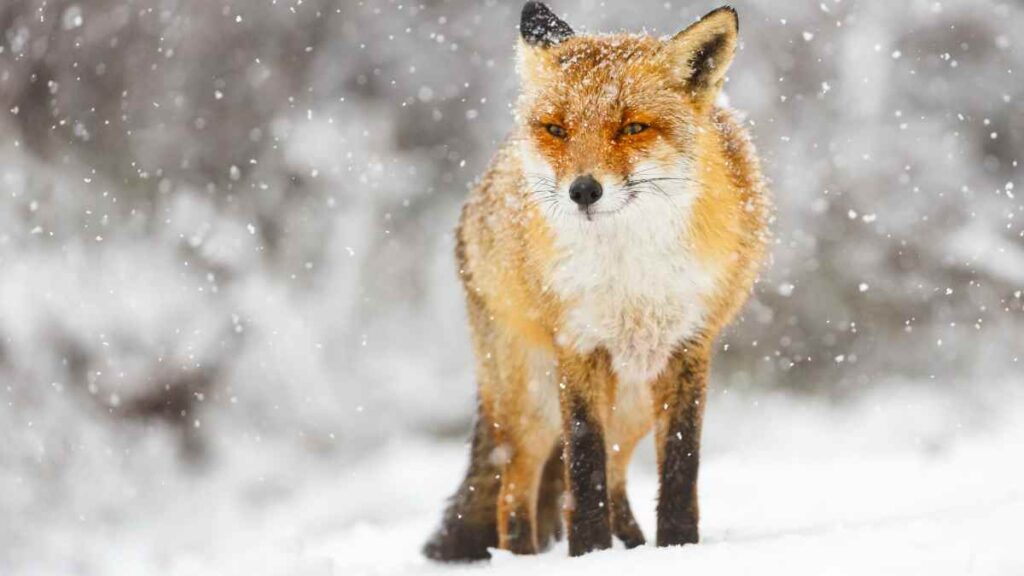
Foxes’ diets vary from habitat to habitat. For example, a forest-dwelling fox will likely feed on berries, voles, rabbits, mice, hares, lizards, and birds, while a waterside-dwelling fox is likely to eat fish.
So, lizard species that live near foxes will often get picked off by foxes.
Humans

Several cultures around the world eat lizards, some even rear them to feed on them afterward. Likewise, lizard skins have found application in making some accessories.
And the skin can’t be gotten while the lizard is alive, right? So, technically, humans are also lizard predators.
Feral cats
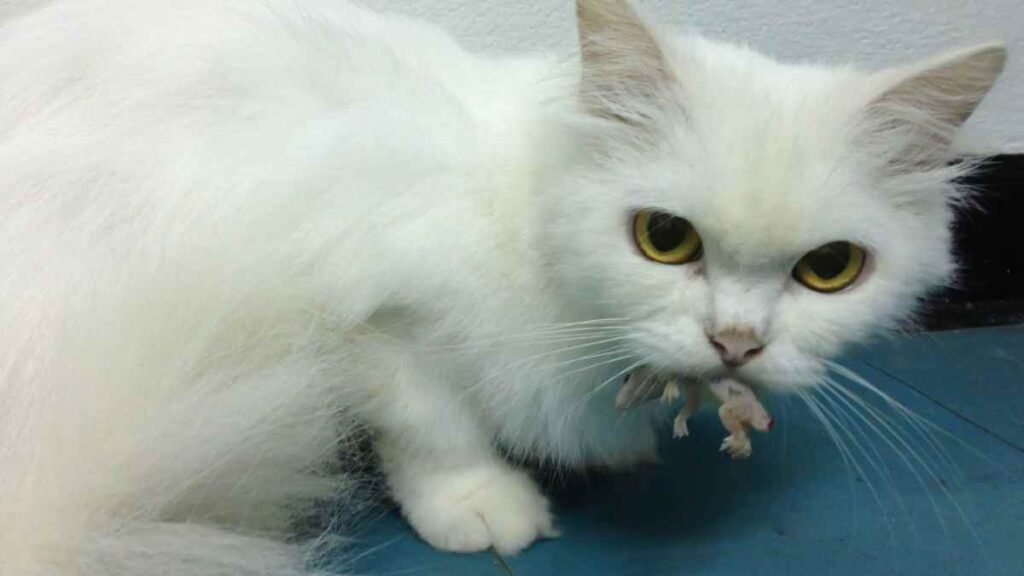
Like most natural predators, cats also love to have lizards for a snack, which begs the question for cat pet owners, “Is it safe for my cat to eat lizards?”
The answer: a lizard snack is usually safe for cats (and even dogs), yet, it is not recommended because lizards carry parasites that can be poisonous to cats.
Still, feral cats and wild cats are known to hunt and eat lizards and snakes.
Toads/frogs

Toads and frogs are carnivores, so you can expect their diet to consist of other animals. Toads and frogs will eat almost anything that can fit into their mouths.
Smaller toads/frogs feed on insects, while bigger ones feed on smaller mammals like mice, geckoes, and lizards. You may find it interesting that frogs don’t chew their meal; instead, they swallow it whole.
Herons
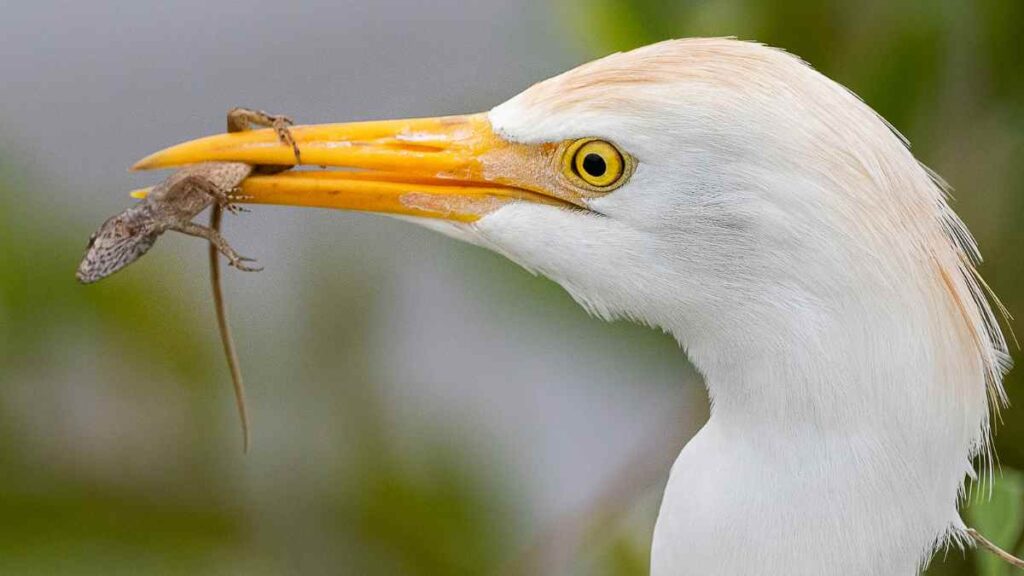
Herons are long-legged and long-necked birds usually found around lakes, rivers, swamps, ponds, and the sea. They are waterbirds; thus, you can expect their diet to consist primarily of fish.
Still, herons prey on small mammals like rodents, insects, young & small lizards, and other small reptiles (turtles).
Ravens
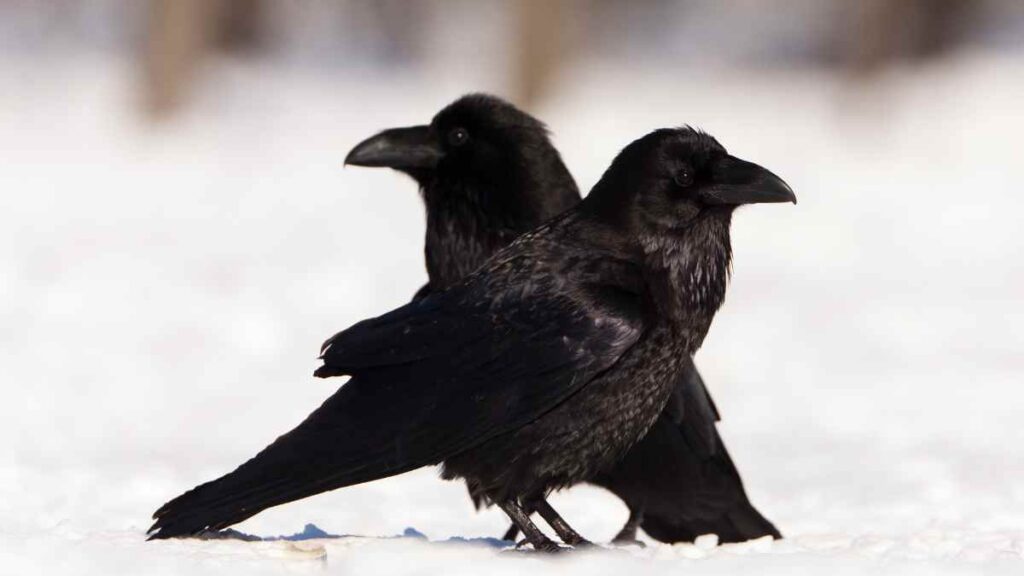
Ravens are intelligent birds and opportunistic predators. These omnivorous scavengers have a pretty comprehensive diet. Some food options include garbage, seeds, frogs, small rodents, snakes, carrion, insects, and lizards.
Since ravens typically live on cliffs, rock-dwelling lizards are likely to be preyed on by ravens.
Vulture
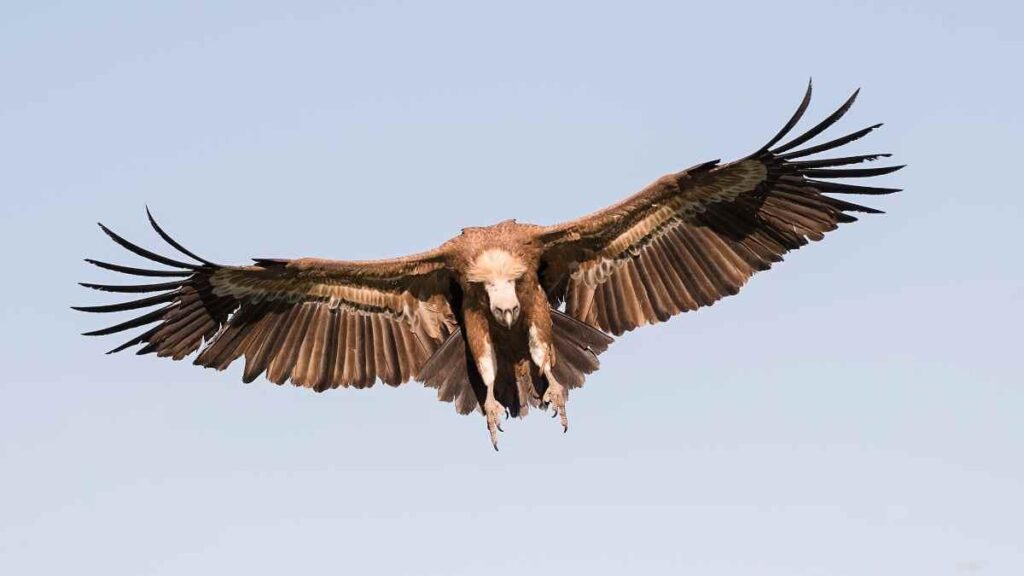
Vultures are widely known for their love for dead things (carrion), and vultures are not hunters: their body structure (claws and feet arrangement), clumsiness, and slowness put them at a disadvantage when hunting.
Yet, they occasionally hunt down, kill, and eat animals like turtles, young calves, lambs, goats, and lizards. But vultures only go after live and healthy animals if they can’t find carcasses to feed on.
Owls
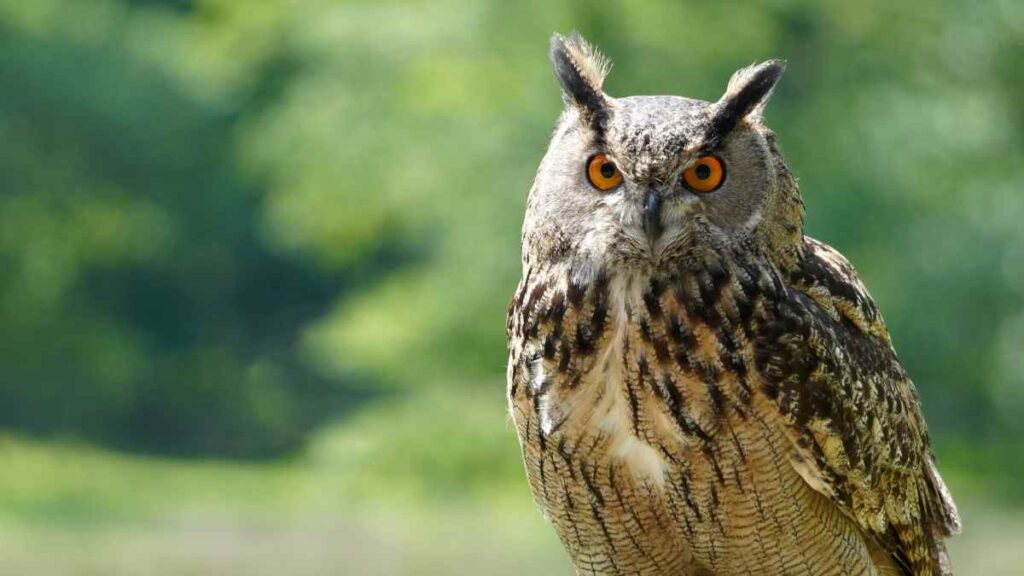
As obligate carnivores, owls feed on animals ranging from small insects, arachnids, frogs, and snails, to rabbits, rats, moles, etc.
However, owls will settle for a lizard snack readily. And their instinctive hunting skills and extraordinary vision (especially at night) make them formidable predators.
Chickens
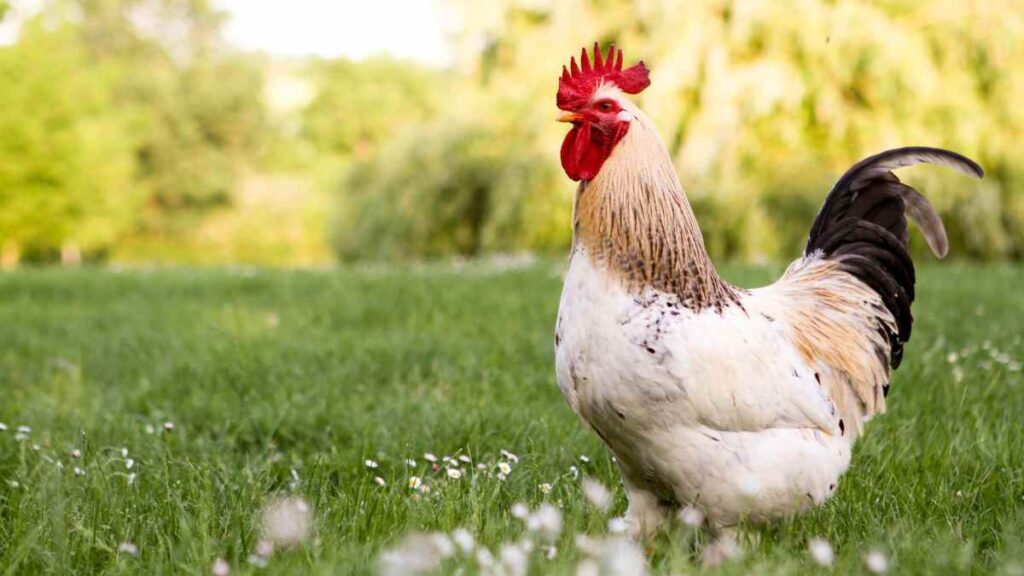
Chickens are omnivores, meaning they will catch and eat a lizard without hesitation if you leave them to themselves and they’re starving.
They seem to relish the smaller lizard species, though. Moreover, lizards contain proteins and other nutritional value for chickens.
Sparrows
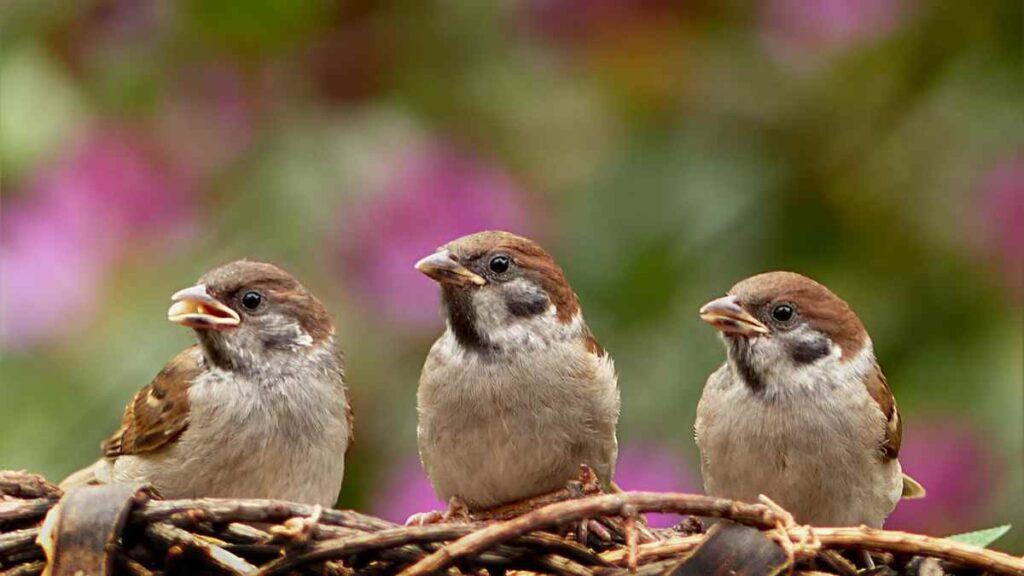
Sparrows are omnivores; that is, they feed on both animals and plants. A sparrow’s diet primarily consists of seeds, berries, fruits, berries, bugs, and other small insects.
However, a sparrow will jump on an opportunity to have a frog or a lizard for a meal. The lizard’s soft and tender skin makes them readily edible for birds of prey that do not have teeth and swallow their prey whole.
Some birds eat small lizards, and a sparrow is one of them.
Carnivorous lizard species
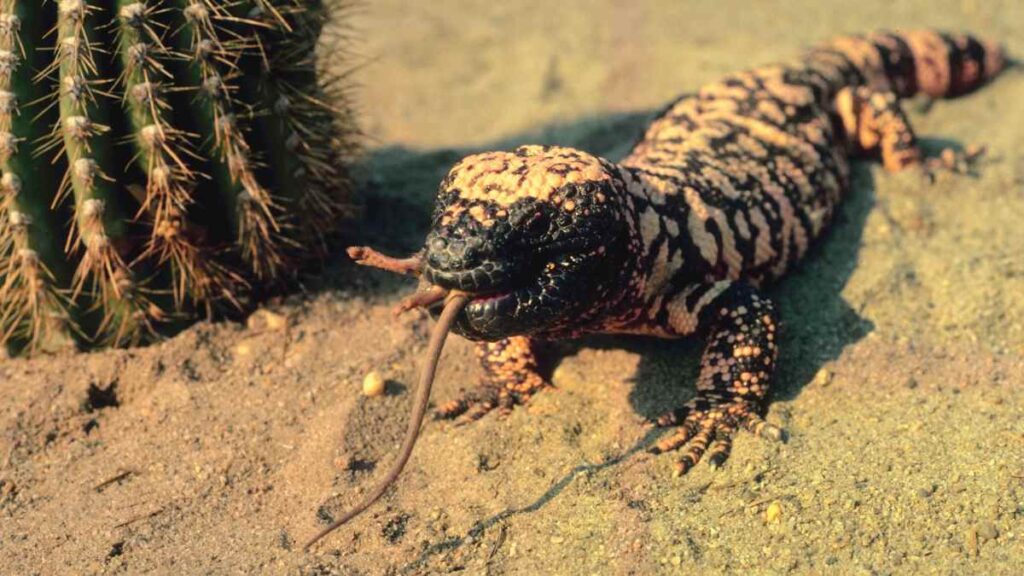
This may surprise you, but other lizards prey on other lizard species. Non-carnivorous lizards will not prey on different lizards, but carnivorous ones (usually the larger species) can and often will feed smaller ones.
For instance, young komodo dragons must hide in trees so they don’t get eaten by adult komodo dragons.
Conclusion
That’s it, then. These are some of the common lizard predators. Other animals can also consume lizards, but this post has identified the most common predators.
Which other lizard predator do you know that has not been mentioned in this article?

